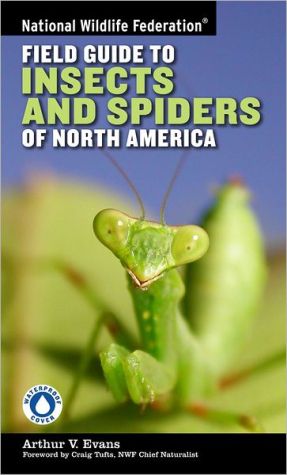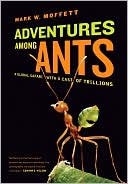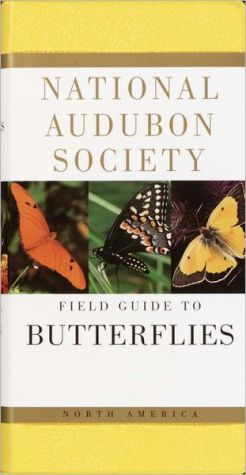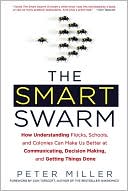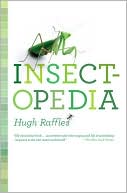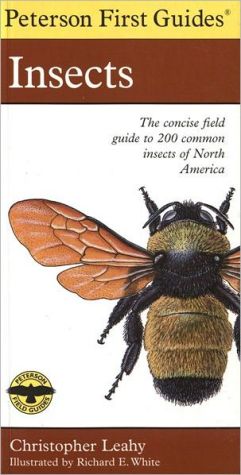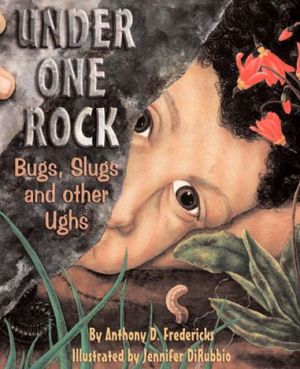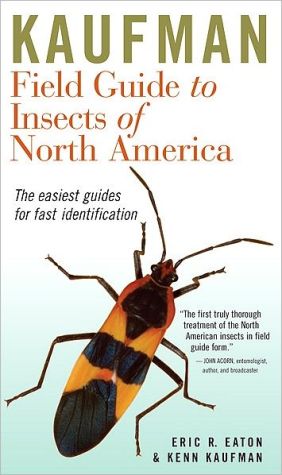Bee Pollination in Agricultural Ecosystems
For many agricultural crops, bees play a vital role as pollinators, and this book discusses the interplay among bees, agriculture, and the environment. Although honey bees are well recognized as pollinators, managed bumble bees and solitary bees are also critical for the successful pollination of certain crops, while wild bees provide a free service. As bees liberally pass pollen from one plant to the next, they also impact the broader ecosystem, and not always to the benefit of humankind....
Search in google:
For many agricultural crops, bees play a vital role as pollinators, and this book discusses the interplay among bees, agriculture, and the environment. Although honey bees are well recognized as pollinators, managed bumble bees and solitary bees are also critical for the successful pollination of certain crops, while wild bees provide a free service. As bees liberally pass pollen from one plant to the next, they also impact the broader ecosystem, and not always to the benefit of humankind. Bees can enhance the unintentional spread of genes from genetically engineered plants, and may increase the spread of invasive weeds. Conversely, genetically engineered plants can impact pollinators, and invasive weeds can supply new sources of food for these insects. Bees' flower-visiting activities also can be exploited to help spread biological control agents that control crop pests, and they are important for native plant reproduction. Managing bees for pollination is complex and the factors that must be taken into consideration are treated here, including bee natural history, physiology, pathology, and behavior. Furthermore, transporting bees from native ranges to new areas for pollination services can be controversial, and needs to be done only after assuring that it will not disrupt various ecosystems. Even though bees are small, unobtrusive creatures, they play large roles in the ecosystem. The connection between bees and humankind also is symbolic of a broader interconnection between humans and the natural world.
Forword Christopher O'Toole O'Toole, ChristopherPt. 1 Bee-Provided Delivery ServicesCh. 1 Bees in Nature and on the Farm Theresa L. Pitts-Singer Pitts-Singer, Theresa L. Rosalind R. James James, Rosalind R. 3Ch. 2 Crop Pollination Services From Wild Bees Claire Kremen Kremen, Claire 10Ch. 3 Crop Pollination in Greenhouses Jose M. Guerra-Sanz Guerra-Sanz, Jose M. 27Ch. 4 Pollinating Bees Crucial to Farming Wildflower Seed for U.S. Habitat Restoration James H. Cane Cane, James H. 48Ch. 5 Honey Bees, Bumble Bees, and Biocontrol: New Alliances Between Old Friends Peter G. Kevan Kevan, Peter G. Jean-Pierre Kapongo Kapongo, Jean-Pierre Mohammad Al-mazra'awi Al-mazra'awi, Mohammad Les Shipp Shipp, Les 65Pt. 2 Managing Solitary BeesCh. 6 Life Cycle Ecophysiology of Osmia Mason Bees Used as Crop Pollinators Jordi Bosch Bosch, Jordi Fabio Sgolastra Sgolastra, Fabio William P. Kemp Kemp, William P. 83Ch. 7 Past and Present Management of Alfalfa Bees Theresa L. Pitts-Singer Pitts-Singer, Theresa L. 105Ch. 8 The Problem of Disease When Domesticating Bees Rosalind R. James James, Rosalind R. 124Pt. 3 Environmental Risks Associated With BeesCh. 9 Environmental Impact of Exotic Bees Introduced for Crop Pollination Carlos H. Vergara Vergara, Carlos H. 145Ch. 10 Invasive Exotic Plant-Bee Interactions Karen Goodell Goodell, Karen 166Ch. 11 Estimating the Potential for Bee-Mediated Gene Flow in Genetically Modified Crops James E. Cresswell Cresswell, James E. 184Ch. 12 Genetically Modified Crops: Effects on Bees and Pollination Lora A. Morandin Morandin, Lora A. 203Ch. 13 The Future of Agricultural Pollination Rosalind R. James James, Rosalind R.Theresa L. Pitts-Singer Pitts-Singer, Theresa L. 219Index 223

